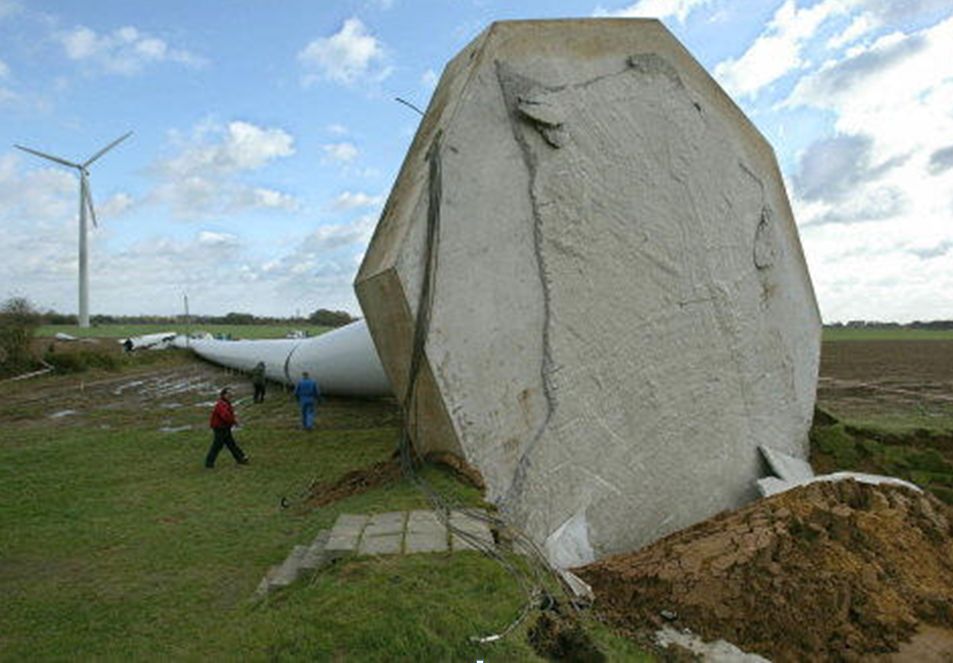This is the first post after a long silence (more than 6 months), fortunately due to good news (the birth of my first son, who reduced dramatically my free time).
I want to thank José Ramon, one of our experienced Project Manager, who pushed me to start again 😉
This post is about geotechnical parameters relevant for wind foundation. I’m in debt with Ana from Esteyco, a very good geologist who explained me how this work.
She explained me that the most important parameters that we need define in a geotechnical survey for wind turbines foundation design are 2: bearing capacity and deformability.
Bearing capacity is defined by c (cohesion), ϕ (friction angle) and qu (unconfined compressive strength) and it is used in Ultimate Limit State (ULS) design.
In this type of verifications, loads such as extreme wind, abnormal loads or earthquake are used to check the foundation for overturn, slide and collapse (soil failure).
If we are working with soils, we normally define these parameters using in situ tests such as SPT (in sands), CPT, Pressuremeter test and Vane test, or with laboratory tests such as triaxial (CD, CU, UU) , direct shear test or CBR.
In rock, we could use a compressive strength test, rock quality designation (RQD) or triaxial, although the bearing capacity of rock (even heavily fractured and weathered) is normally so high that these tests are normally not necessary.
Deformability is defined by E (Young’s modulus) and G (Shear modulus).
These parameters are used to check if the foundation is compliant with vertical settlement, differential settlement and, above all, rotational stiffness.
These verifications are done with a Serviceability Limit State (SLS) design.
In case of soils, these parameters are defined with in situ test like SPT, CPT, down hole, cross hole (normally not used because we don’t have boreholes nearby normally) and pressuremeter. If we define them with laboratory test, we would use triaxial or oedometer test.
In both case, we prefer field tests to laboratory tests, mainly because it can be difficult to have undisturbed samples with their in situ characteristics.
It is important to highlight that in some cases, we could meet the bearing capacity requirements but not the deformability minimum conditions and vice versa. For instance, soft sandy soils with some combination of WTG and tower can offer a reasonable bearing capacity but an excessive deformability.

Leave a Reply